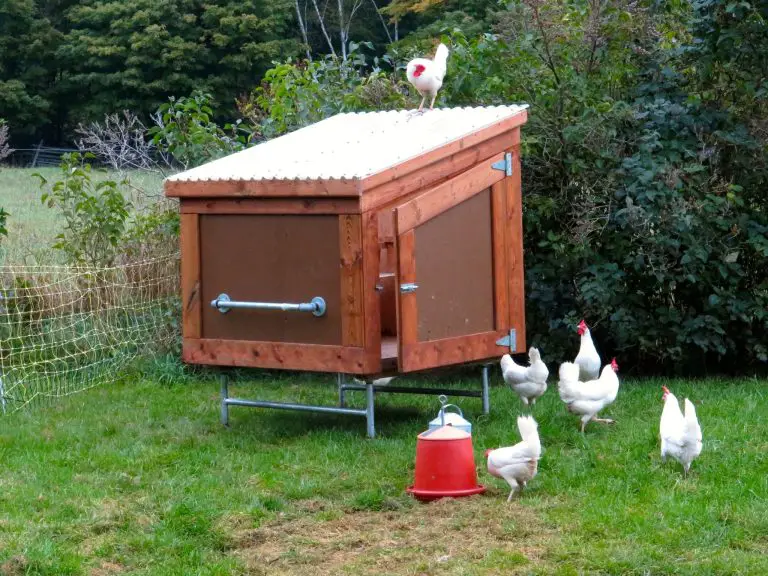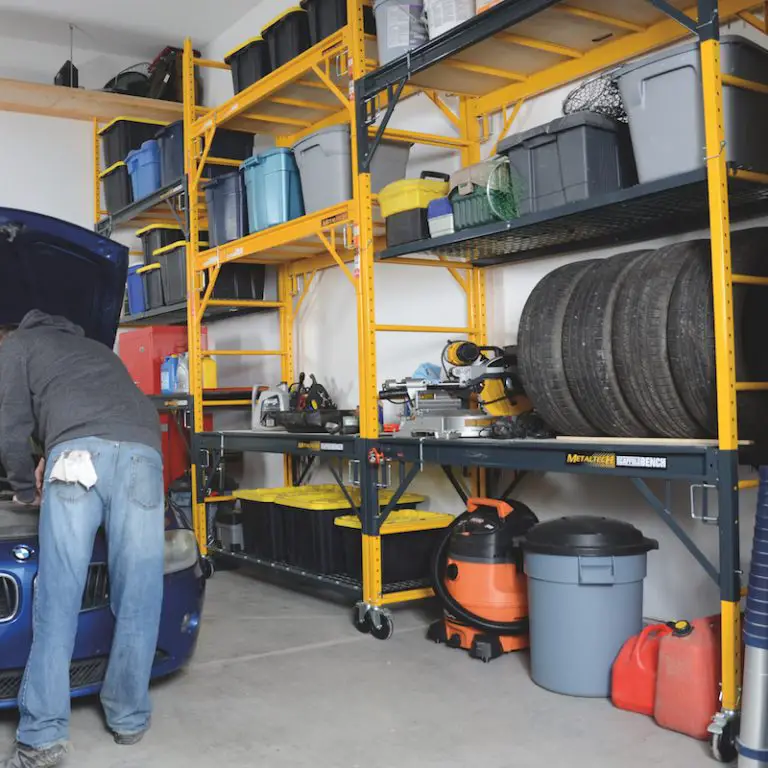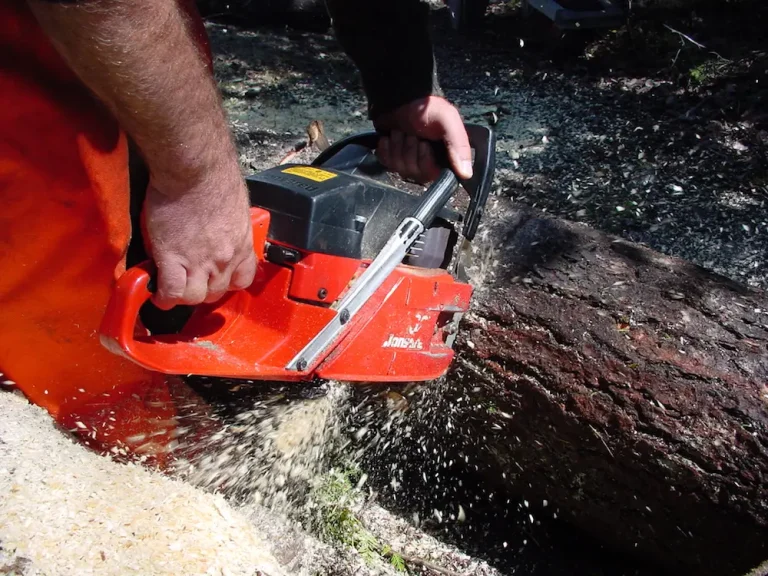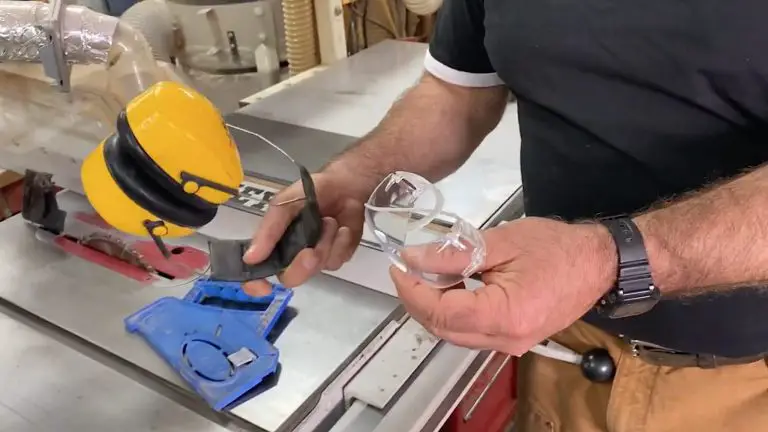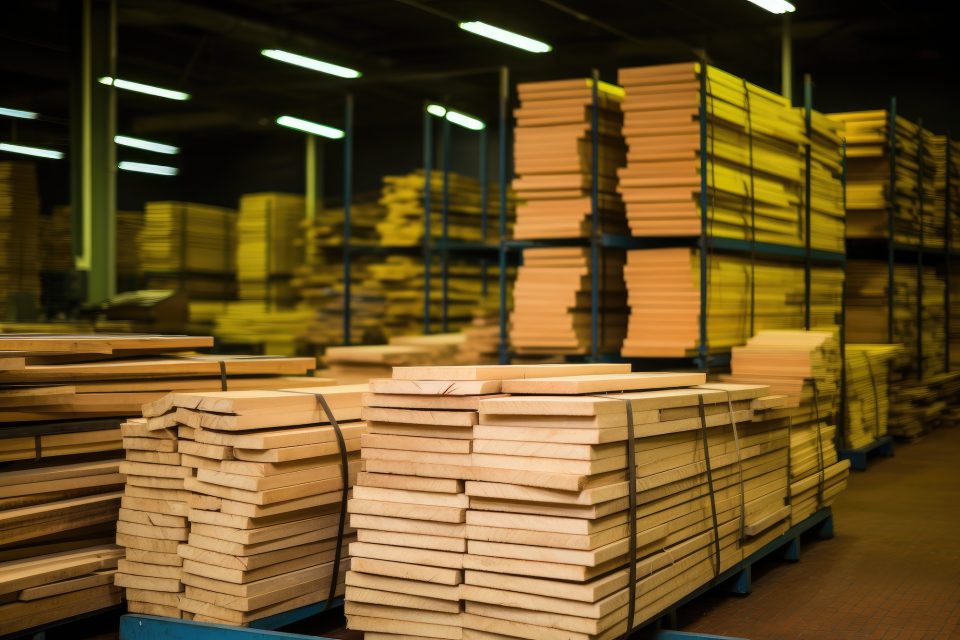
Wide boards can be impressive to look at, but some of us (me included) were taught it’s best to saw boards to no more than 4 inches wide before gluing them back together again. Is this true? Yes and no.
The Problem With Wide Boards
The reasoning behind this idea is that wide boards cut into narrower pieces, then glued together again boosts stability of the final project. And while this is true, it comes at the cost of not having impressive, unlaminated wide boards visible in projects. So the question becomes, how far can you safely push the wide board issue?
Sometimes wide wood is okay to use as-is, and sometimes it’s not. The issue hinges on growth ring patterns and orientation in the board, moisture content, and the particular application at-hand. The midsection of a board is especially volatile if it contains what’s called “pith”. That’s the very center of the tree. This area is always quite an unstable area – a problem that declines the more you move from that area. Sawing and re-gluing wide boards into smaller strips (without pith) is certainly safe, but it’s also boring. There’s something to be said for the story told by a 14 inch wide plank in the middle of a table. It’s precious. Here’s what I do when I want to use wide boards, especially in prominent locations in a finished project.
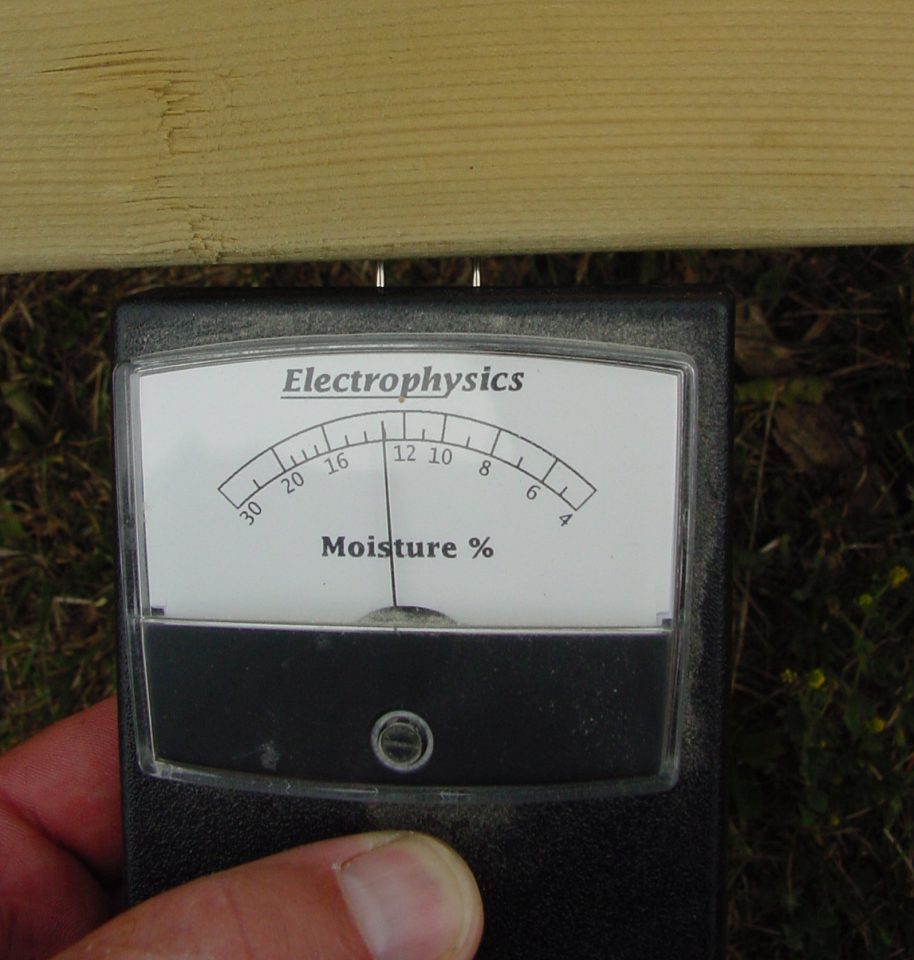
Detail#1: Moisture content. Dry wood with a moisture content 7% to 9% is ideal. Making this happen means storing what might seem like dryin a heated, indoor space for at least three weeks before construction, ideally during winter when moisture content in the air is lowest.
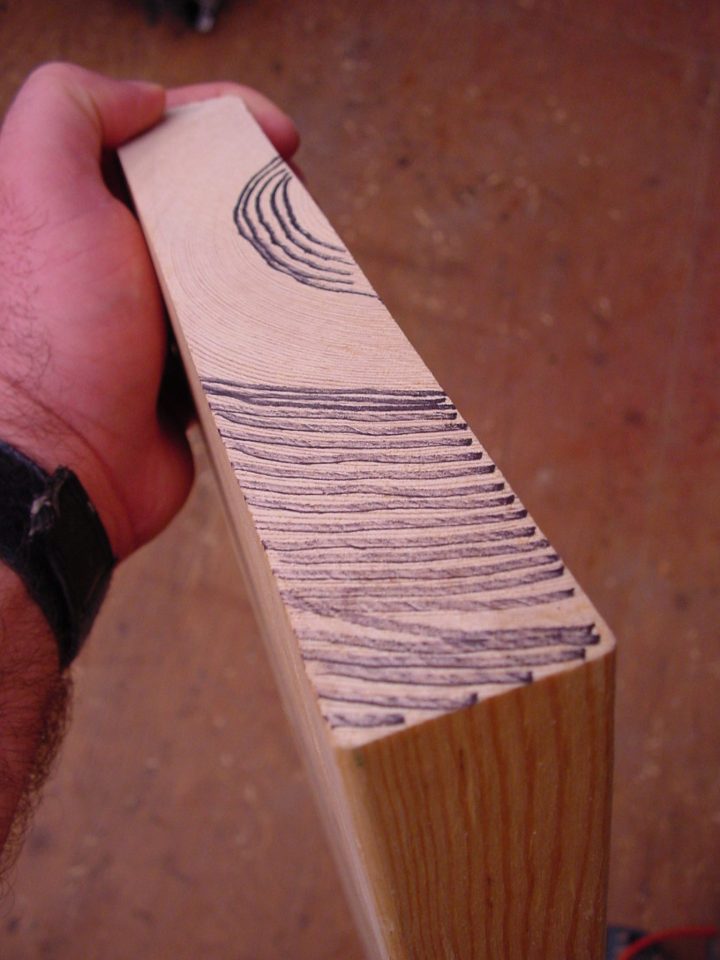
Detail#2: Growth ring orientation. Wood is most stable when growth rings as nearly square to the board face as possible. This is called quartersawn or vertical grain growth ring orientation, and it minimizes the kind of seasonal wood movement that can cause trouble.
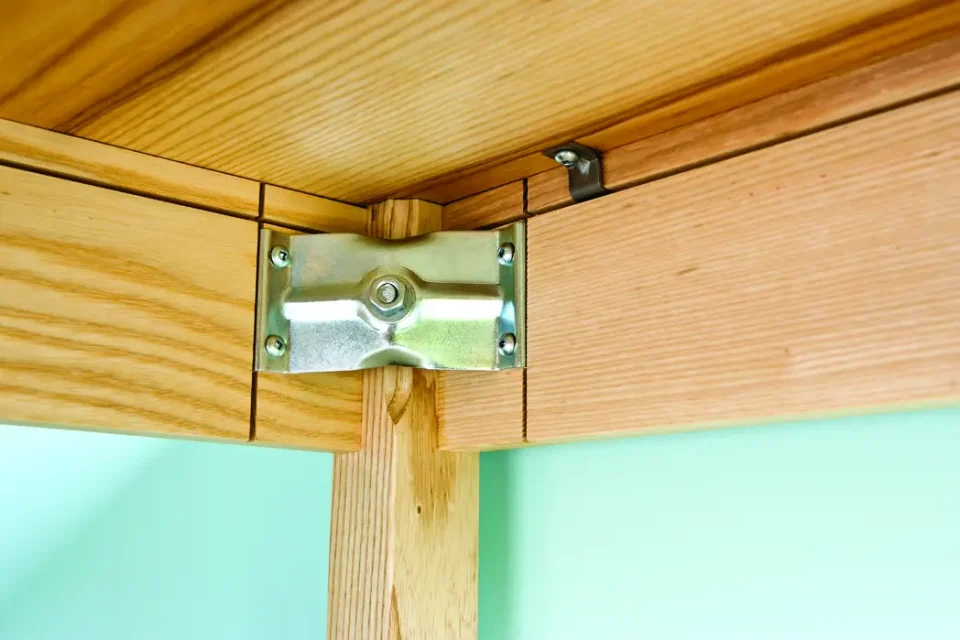
Detail#3: Allow for seasonal wood movement. All wood expands when it gets humid, and contracts when it gets dry. This is true whether you use wide boards or not, and in some cases you need to make design allowances for movement. In the case of a tabletop, this means securing the wood to the support rails with metal clips designed for this job, or using screws driven through oversized holes bored through the table framework.
I follow these three details when I want to use wide boards in my projects, and things always work out well. No need to slice up that 14″-wide pine plank as long as you get moisture content, growth ring orientation correct, and the design of your project allows for seasonal movement.







